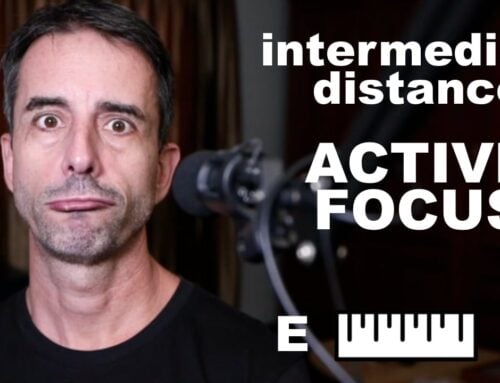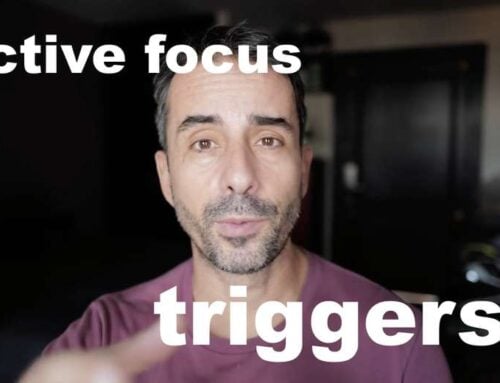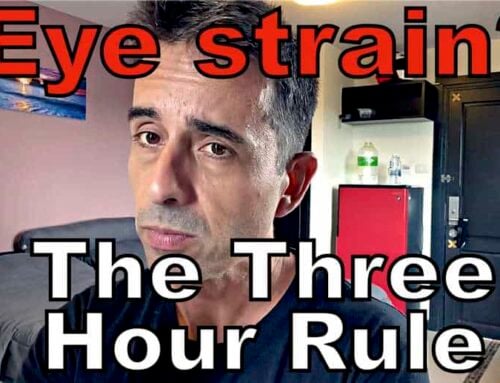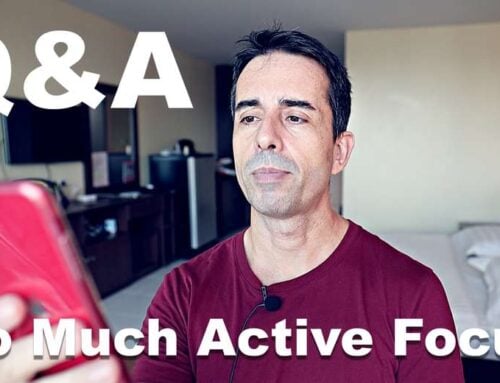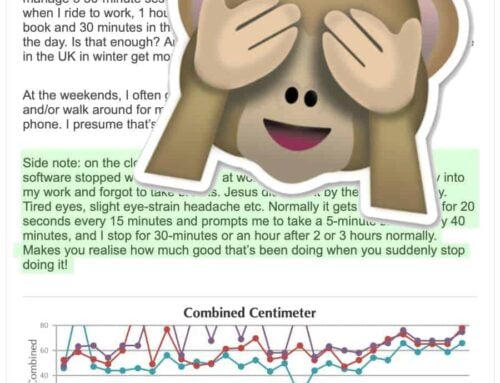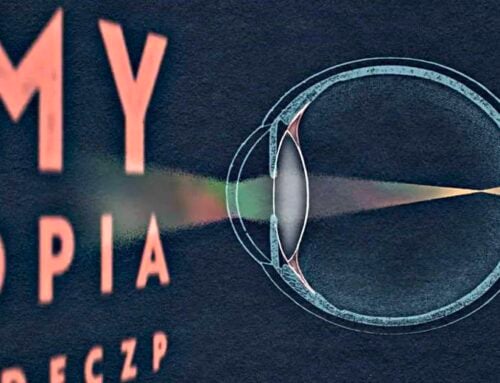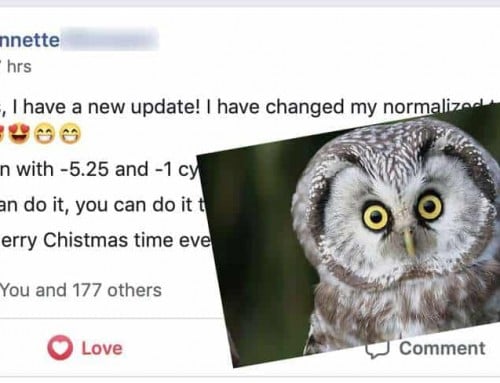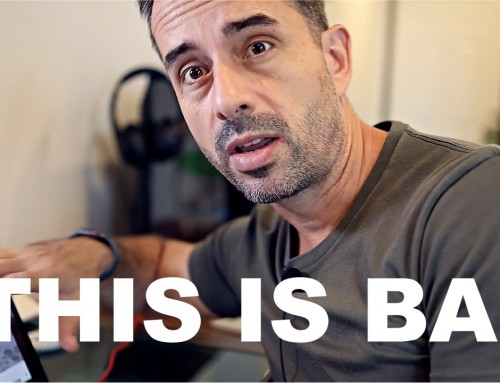This is an advanced topic, suitable for those who already did the full Vision Improvement Course and made it specifically to a consistent double vision experience.
—
If your normalized prescription gets you to 20/30 or 20/40 on the Snellen, and you frequently work to the double vision distance up-close, you probably have more margin in your vision than you might be aware of. To see if that is the case, and to leverage that hidden diopter, here is a good activity set for you:
If you have a peak prescription already, it is also ideal of this activity (it makes sense for most participants who already had two reductions to get a peak prescription, which should also equal your next normalized prescription – questions about this, feel free to post in the forum).
Try this when you have a day off, weekend, or holiday. Pick a sunny, relaxing day. Avoid excess sugar and simple carb consumption (insulin spikes).
You want to be mixing close-up and distance vision, with a lot of outdoor exposure.
1. Start the day with some reading, no longer than 15-20 minutes, at a challenging double vision distance.
Of course after breakfast and whatever else you may want to do first – then get some good natural ambient light, and really get the most possible distance, well into double vision. This is a short “calibrating” activity, which will help prime your visual cortex for working on double vision at a distance (which you will want to do next).
2. After the short close-up time, go for a walk. You want to be a full diopter lower (ideally) from your regular normalized prescription.
You may have old glasses that would work for this (be careful to avoid prescriptions with more astigmatism correction than you use currently). Ideally you have a peak prescription, or in many cases the differential prescription will also do the trick (as long as you don’t have a lot of astigmatism correction still in your regular normalized).
Take a slow walk, ideally in a place where you get some text at varying distances. Shop signs, traffic signs, street signs, car license plates, etc. You can read these! Take your time, as you are well in double vision distance now. That blurry sign will resolve, if you give it a few extra moments. Stop, focus on it, blink with intent. When the sign clears, don’t blink again, use the clear focus to look around and appreciate the clear flash. It will persist in most cases until you blink again.
This is like running on the treadmill at the gym. Just as you won’t run all day, consider this a very active exercise. No need to overdo this. An hour is plenty of time, unless you are still significantly enjoying the experience after that much time.
Of course you don’t want to to be biking or driving for this. It is a slow, methodical, meditative focusing exercise.
3. Observe how well you can see distant signs, given some extra time. If you have been keeping track with your normalized prescription, you will notice that you can likely get the same clarity results with the diopter lower in correction.
Of course this doesn’t mean that you are magically one diopter lower. When you loose the light (overcast weather, setting sun, etc), the experience will fade. Likewise after any amount of close-up strain you likely won’t be able to replicate the experience.
This is strictly a clean, maximum capability exercise. It gives you a lot of stimulus and also helps build confidence as to where your vision is progressing to.
4. Take some close-up time.
Again here, you want to be well into double vision distance. You might notice that you are now able to see clearly (close-up) at a distance that you rarely experience otherwise. You will want good ambient lighting for this.
Spend an hour or two in that double vision distance with close-up. Avoid the temptation of moving closer. In most cases either a book or a computer screen are much better suited than a tablet or smartphone (the latter two you want to generally avoid more often than not).
Stay in that distance. Take as much time as you comfortably enjoy, creating stimulus for your eyes.
Once you notice your ability to resolve the double vision fading, consider stopping the close-up activity. Either just relax, interacting with others, or go for another walk and see if you still get good distance with the lower prescription.
5. Whenever your ability to work at the distance fades, don’t force it. Consider the activity completed successfully.
The first time will be shorter and more challenging than the next one. It’s a peak challenging activity, both for your eyes and your visual cortex. Your eyes are challenged for active focus, and your brain is constantly having to process multipole images that are not aligning perfectly. It’s something you might do a day or two out of the week, at most. Always consider how you feel, and stop if it becomes tiresome. The experience should be fun and uplifting, so it’s best to stop before you cease to have that experience.
6. Keep a log of the experience.
One day we’ll have a good logging program for you. In the meantime just write it down, and set a reminder in your calendar to do it again next week.
7. Consider the meaning of what you experienced.
Your eyes and your brain have to work together for clear vision. The lower the demand, the less accurate processing will be resulting. If you wear glasses that correct your vision to infinity, the demand is very low. If every last imperfection is corrected to the maximum, including difference between left and right eye, and astigmatism, your visual cortex has almost no work to do to reconcile double vision.
Our bodies are conserving resources. “Use it or loose it”, as the saying goes. You need a balance of stimulus and relaxation to get back to healthy condition. The relaxation part is important as much as the stimulus – having a relaxing walk is often as good as pulling focus. Watching a movie close to blur distance but without challenge can be relaxing as well. Enough sleep is important. And of course the real key is to take all of these things and build habits around them.
References:
Vision Improvement Course
Blur Horizon
Active Focus
Peak Prescription
Enjoy!




